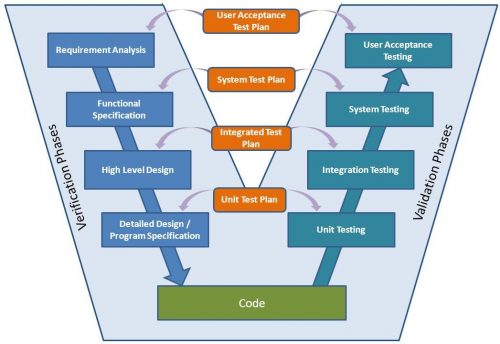“Unit Testing – The Big Picture” is a super useful for those of us who need a refresher or an overview of what software testing is in general, and how unit testing relates to other types of testing in particular. It covers a bit of history of testing, different approaches, terminology, and more.
Tag: history
Kazakhstan Is Changing Its Alphabet From Cyrillic To Latin-Based Style Favored By the West
If you think you’ve ever been involved in a huge and complex project, think again. Slashdot runs the story: Kazakhstan Is Changing Its Alphabet From Cyrillic To Latin-Based Style Favored By the West.
This is a huge change in many regards – technical, cultural, social, etc. Trying to remember when was the last time I heard about a project of this magnitude, September 3rd of 1967 in Sweden comes to mind. That’s when the country switched from driving on the left-hand side of the road to driving on the right-hand side of the road. An icon photograph depicting the change is this one:
And that’s still easier and simpler than the alphabet change, I think.
Parsing: a timeline
“Parsing: a timeline” is a historical timeline of parsing, as done by computers and computer programming languages. It starts well before computers were actually invented, from the time where people started thinking about what is a language, what it consists of and how it works.
Even though this article is mostly aimed at technical people, I’m sure pretty much anyone will find interesting bits in there, as some of the names and works mentioned are well known outside of technical industries. For techies, you’ll find all your favorite names in there – Markov, Turing, Boehm, Chomsky, Knuth, Dijkstra, Wall, and more.
On browser’s User-Agent string
https://twitter.com/AmeliasBrain/status/963589448406462464
Why the World Only Has Two Words For Tea
Slashdot has an interesting story of why there are only two variations of the word tea in the majority of languages:
With a few minor exceptions, there are really only two ways to say “tea” in the world. One is like the English term — te in Spanish and tee in Afrikaans are two examples. The other is some variation of cha, like chay in Hindi. Both versions come from China. How they spread around the world offers a clear picture of how globalization worked before “globalization” was a term anybody used. The words that sound like “cha” spread across land, along the Silk Road. The “tea”-like phrasings spread over water, by Dutch traders bringing the novel leaves back to Europe.
The term cha is “Sinitic,” meaning it is common to many varieties of Chinese. It began in China and made its way through central Asia, eventually becoming “chay” in Persian. That is no doubt due to the trade routes of the Silk Road, along which, according to a recent discovery, tea was traded over 2,000 years ago. This form spread beyond Persia, becoming chay in Urdu, shay in Arabic, and chay in Russian, among others. It even it made its way to sub-Saharan Africa, where it became chai in Swahili. The Japanese and Korean terms for tea are also based on the Chinese cha, though those languages likely adopted the word even before its westward spread into Persian. But that doesn’t account for “tea.” The te form used in coastal-Chinese languages spread to Europe via the Dutch, who became the primary traders of tea between Europe and Asia in the 17th century, as explained in the World Atlas of Language Structures. The main Dutch ports in east Asia were in Fujian and Taiwan, both places where people used the te pronunciation. The Dutch East India Company’s expansive tea importation into Europe gave us the French the, the German Tee, and the English tea.
This reminds me of this old post about how most languages, apart from English, use “ananas” as a word for pineapple.

